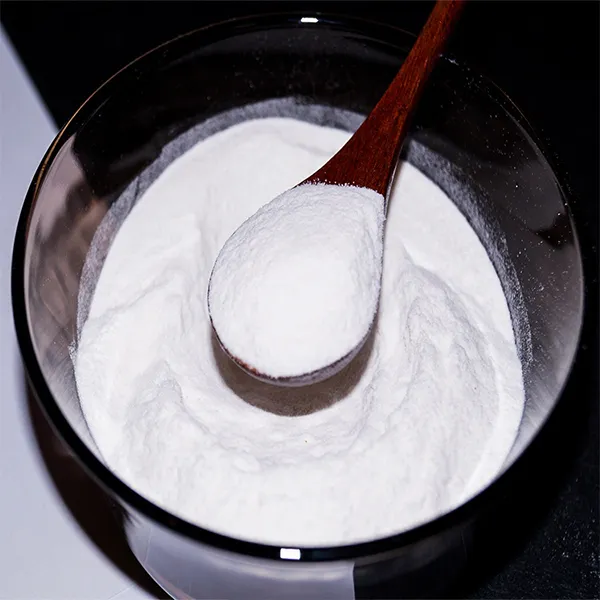The Role of HPMC in Building Coating Adhesives
In the realm of construction and building materials, adhesives play a crucial role in ensuring the durability and performance of coatings. One of the most effective additives used in the formulation of building coating adhesives is Hydroxypropyl Methylcellulose (HPMC). This non-ionic, cellulose-based compound offers a variety of benefits that enhance the performance of coating systems, making it a vital ingredient in modern construction.
HPMC was originally developed as a thickening agent for various industrial applications, but its versatility has led to its widespread adoption in construction. When incorporated into building coating adhesives, HPMC improves the working properties, adhesion, and overall performance of the product. One of the primary advantages of using HPMC as an additive is its ability to increase the viscosity of the adhesive mixture without significantly altering the system's other properties. This characteristic enables manufacturers to formulate adhesives that are easy to apply, providing excellent workability during the adhesion process.
Another important feature of HPMC is its water retention capacity. This property is particularly beneficial in building coating applications, as it ensures that the adhesive remains workable for a longer period during application. The water-retention ability of HPMC allows for a longer open time, which is crucial when working in unpredictable environmental conditions or when applying coatings to large surfaces. This extended working time helps to ensure that the adhesive cures properly, leading to better bonding strength and durability.
Furthermore, HPMC enhances the adhesion between the coating and the substrate, which is vital for the overall performance of building materials. A strong bond ensures that coatings remain intact over time, resisting peeling, cracking, and delamination. The incorporation of HPMC can result in improved adhesion on various substrates, including concrete, plaster, and drywall, which are commonly used in construction.
building coating adhesive hpmc

In addition to its physical properties, HPMC also offers environmental advantages. As a biodegradable polymer, it contributes to more sustainable construction practices. Its use helps manufacturers formulate eco-friendly adhesives that comply with stringent environmental regulations, making it easier for builders to achieve green building certifications.
Moreover, HPMC is compatible with other additives commonly used in building coatings, such as pigments and fillers. This compatibility allows for the formulation of both high-performance and aesthetically pleasing products. For example, the incorporation of pigments can lead to enhanced color stability and appearance, while fillers can improve the texture and thickness of the coating. HPMC helps to evenly disperse these components, ensuring a uniform application that meets aesthetic and performance standards.
Lastly, HPMC is easy to source and generally cost-effective, making it an attractive option for manufacturers aiming to optimize their formulations without significantly increasing production costs. Its widespread use across the building materials sector underlines its significance and reliability as an additive.
In conclusion, Hydroxypropyl Methylcellulose (HPMC) plays a pivotal role in the formulation of building coating adhesives. With its ability to enhance viscosity, improve water retention, increase adhesion, and contribute to environmentally friendly practices, HPMC has become an indispensable ingredient in modern construction materials. As the industry continues to evolve in pursuit of better performance and sustainability, the importance of additives like HPMC cannot be overstated. By leveraging the benefits of HPMC, manufacturers can develop adhesives that not only perform exceptionally but also meet the growing demand for eco-friendly building products.
-
A Comprehensive Guide to Methyl Ethyl Hydroxyethyl Cellulose: Applications and Industry InsightsNewsNov.24,2025
-
Understanding Methyl 2 Hydroxyethyl Cellulose: Uses, Benefits & Industry InsightsNewsNov.24,2025
-
Hydroxyethyl Methyl Cellulose HEMC: Industrial Uses, Benefits & Future TrendsNewsNov.23,2025
-
HEMC Cellulose: Versatile & Sustainable Industrial Polymer | YoungcelNewsNov.23,2025
-
Methyl Hydroxyethyl Cellulose: Versatile Building Block for Industry & SustainabilityNewsNov.23,2025
-
CAS 9032 42 2: Understanding Polyvinyl Alcohol's Impact on Industry & SustainabilityNewsNov.22,2025




